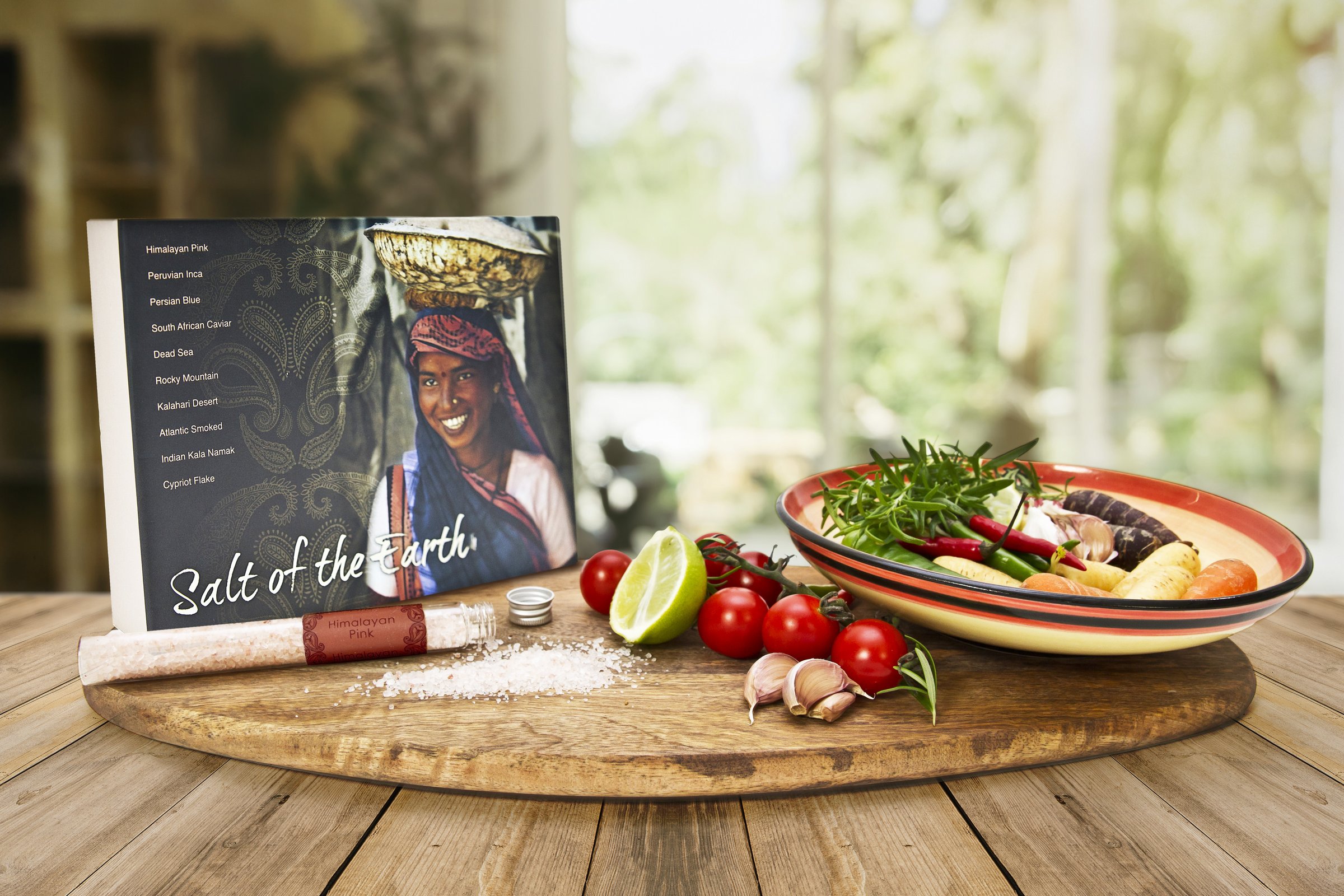#salt #cooking
Health Benefits of Salt: Salt has been vilified for yrs, mainly with respect to its effect on cardiovascular disease risk and overall mortality.
Salt is comprised of 2 minerals: sodium and chloride. And we need sodium for a variety of functions in the body, including:
- Fluid balance
- Regulation of blood pressure
- Fueling muscle and nerve function
The big risk with salt is the use of table salt, which has been highly processed and stripped of its minerals. Table salt is usually fortified with iodine and infused with anti-caking agents to prevent clumping. These anti-caking agents can contain ingredients that are linked to cancer and neurological diseases.
On the other hand, whole and unrefined salts can be a flavorful and healthful addition to our food.
All of the salts mentioned below contain a variety of trace minerals. When salt is whole and unrefined and you are cooking from scratch, it depends on what appeals to your tastes. If you are watching sodium content, Celtic salt has a slightly lower amount than some of the other salts, but really, as long as table salt is off the table, it is up to you.
Fleur de Sel is sourced from tidal pools in France, but fleur de sel is skimmed from the Top as opposed to the grey Celtic salt, which is harvested from the bottom. It is very delicate, sticky and flaky.
Fleur de sel is a great finishing salt and works especially well with sweet treats such as chocolate, candy, dairy-free caramel and baked goods, but also is delicious atop meat or veggies. This salt is expensive. It is best suited for the salt fanatics or those who are sure they will actually use it.
Himalayan Salt: Himalayan pink salt, is typically mined in Pakistan and is known for its pinkish hue. It is rich in trace minerals, particularly iron.
Himalayan salt has a mild, pleasant flavor and can be used in virtually any type of dish, including soups, stews, 1 pot meals, elixirs, salads, condiments, dips, spreads, mocktails, fermented foods, and for seasoning fish, meat and poultry.
Sea Salt: Sea salt comes from seawater, which is evaporated to make sea salt. It’s actually a broad term and the mineral content can vary depending on where the salt is harvested from. Basic sea salt is typically unrefined, large, flaky and coarse.
In addition to the uses we suggested for Himalayan salt above, the texture of sea salt is great for sprinkling atop of dishes for added texture and flavor. It’s one of our favorite salts to use for fermented foods, and it’s also a good 1 to use for natural beauty care recipes like body scrubs and tooth care.
Kosher Salt: Kosher salt flakes are quite large and coarse, and its name comes from the way its used in the koshering process.
Chefs and home cooks enjoy using kosher salt because it’s easy to pick up with your fingertips and sprinkle over food. It also clings to foods well, it is a good 1 for salting meats, poultry, fish and vegetables.
Celtic Salt has a greyish color, which is why it is also called grey salt or sel gris. It is sourced from the bottom of tidal pools in France and contains trace minerals.
Celtic salt is moist, so it dissolves easily and quickly, and has a briny flavor. It is a good all-purpose salt in the kitchen, and it works well in gluten-free baking and healthy desserts. Can also be used as facial cleanser
Black Salt: There are different kinds of black salt. You may see Hawaiian black salt, which is harvested from the lava pools of the volcanic islands in Hawaii and mixed with activated charcoal, or Himalayan black salt also known as kala namak or Cyprus black lava salt, which is similar to the Hawaiian version except it comes from the Mediterranean.
Black salt has a coarse and crunchy texture well suited for finishing dishes or for visual appeal. Kala namak has a slightly sulphurous flavor in a good way, so it is often used in vegan breakfast dishes to replicate the flavor of eggs
Eat healthy, Be healthy, Live lively









